Navigating the Year’s Beginning: An Examination of the January and February 2025 Calendar
Navigating the Year’s Beginning: An Examination of the January and February 2025 Calendar
Introduction
In this auspicious occasion, we are delighted to delve into the intriguing topic related to Navigating the Year’s Beginning: An Examination of the January and February 2025 Calendar. Let’s weave interesting information and offer fresh perspectives to the readers.
Table of Content
Navigating the Year’s Beginning: An Examination of the January and February 2025 Calendar
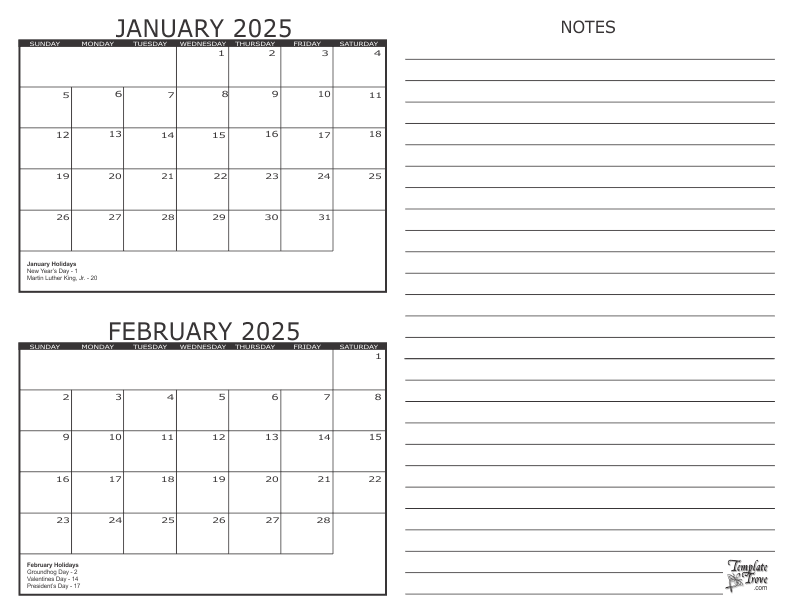
The start of a new year often feels like a fresh slate, an opportunity to set new goals and embark on new adventures. Understanding the structure of the first two months, January and February, can significantly enhance the planning and execution of these aspirations. This analysis delves into the specific layout of the 2025 January and February calendar, exploring its significance and highlighting its potential benefits for individuals and organizations alike.
A Detailed Look at the Calendar:
January 2025 begins on a Wednesday, marking the start of a new year. The month features five Wednesdays, four Thursdays, and four Fridays, with a total of 31 days. February, a month often associated with romance and shorter days, begins on a Sunday and ends on a Tuesday. This month, not a leap year, comprises 28 days, with four Mondays, four Tuesdays, and four Wednesdays.
Understanding the Significance:
This specific calendar arrangement offers valuable insights for various aspects of life. For instance, businesses can utilize the calendar to strategically schedule meetings, conferences, and product launches, maximizing their impact and aligning them with key industry events. Individuals can leverage the calendar to plan vacations, personal appointments, and important deadlines, ensuring a smoother and more organized flow to their daily lives.
The Importance of Planning:
The calendar’s structure serves as a visual guide, allowing individuals and organizations to anticipate potential scheduling conflicts and ensure adequate time for crucial tasks. This foresight is particularly crucial for projects requiring significant lead time or those coinciding with holidays or other significant events.
Benefits of Utilizing the Calendar:
- Enhanced Time Management: The calendar provides a clear framework for organizing time, allowing for efficient scheduling and prioritization of tasks.
- Improved Productivity: By visualizing deadlines and commitments, individuals and teams can proactively manage their workloads, leading to increased productivity and reduced stress.
- Effective Collaboration: The calendar facilitates smoother collaboration by providing a shared understanding of deadlines and schedules, minimizing communication breakdowns.
- Reduced Missed Opportunities: By planning ahead, individuals and organizations can capitalize on opportunities that arise, ensuring they are not caught off guard.
FAQs: Addressing Common Concerns
Q: What are the major holidays in January and February 2025?
A: January 1st, 2025, marks New Year’s Day, a globally celebrated holiday. February 14th, 2025, is Valentine’s Day, a day dedicated to love and affection. Additionally, some countries may observe regional holidays during these months.
Q: How can I use the calendar to plan for personal goals?
A: Start by identifying your key goals for the year. Break down these goals into smaller, actionable steps and assign deadlines for each step. Use the calendar to mark these deadlines and create a visual timeline for your progress.
Q: How can businesses benefit from using the calendar?
A: Businesses can utilize the calendar to schedule marketing campaigns, product launches, and major events, aligning them with key industry trends and maximizing their impact. The calendar can also be used for team planning, project management, and resource allocation.
Q: Are there any specific tips for using the calendar effectively?
A:
- Color-coding: Use different colors to categorize appointments, tasks, and events, making it easier to differentiate and prioritize.
- Recurring Events: Utilize the calendar’s recurring event feature for tasks that repeat regularly, such as weekly meetings or monthly bill payments.
- Notifications and Reminders: Set reminders and notifications for important deadlines and appointments, ensuring you don’t miss crucial events.
- Sharing and Collaboration: Utilize features that allow for calendar sharing and collaboration, enabling teams to stay synchronized and manage schedules effectively.
Conclusion:
The 2025 January and February calendar serves as a valuable tool for navigating the beginning of the year. By understanding its structure and leveraging its potential, individuals and organizations can enhance their planning, improve their time management, and ultimately achieve greater success. This calendar is not simply a collection of dates but a framework for a productive and fulfilling start to the year. Its effective utilization empowers individuals and organizations to seize opportunities, manage their time efficiently, and achieve their goals with greater ease.

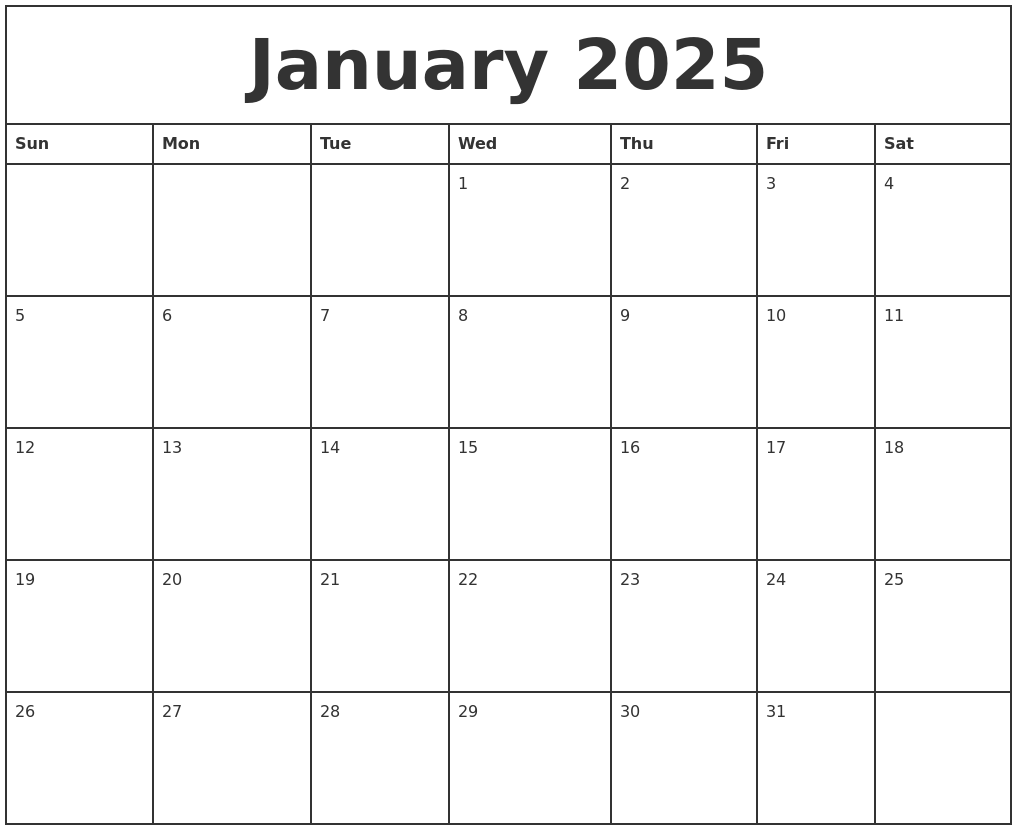
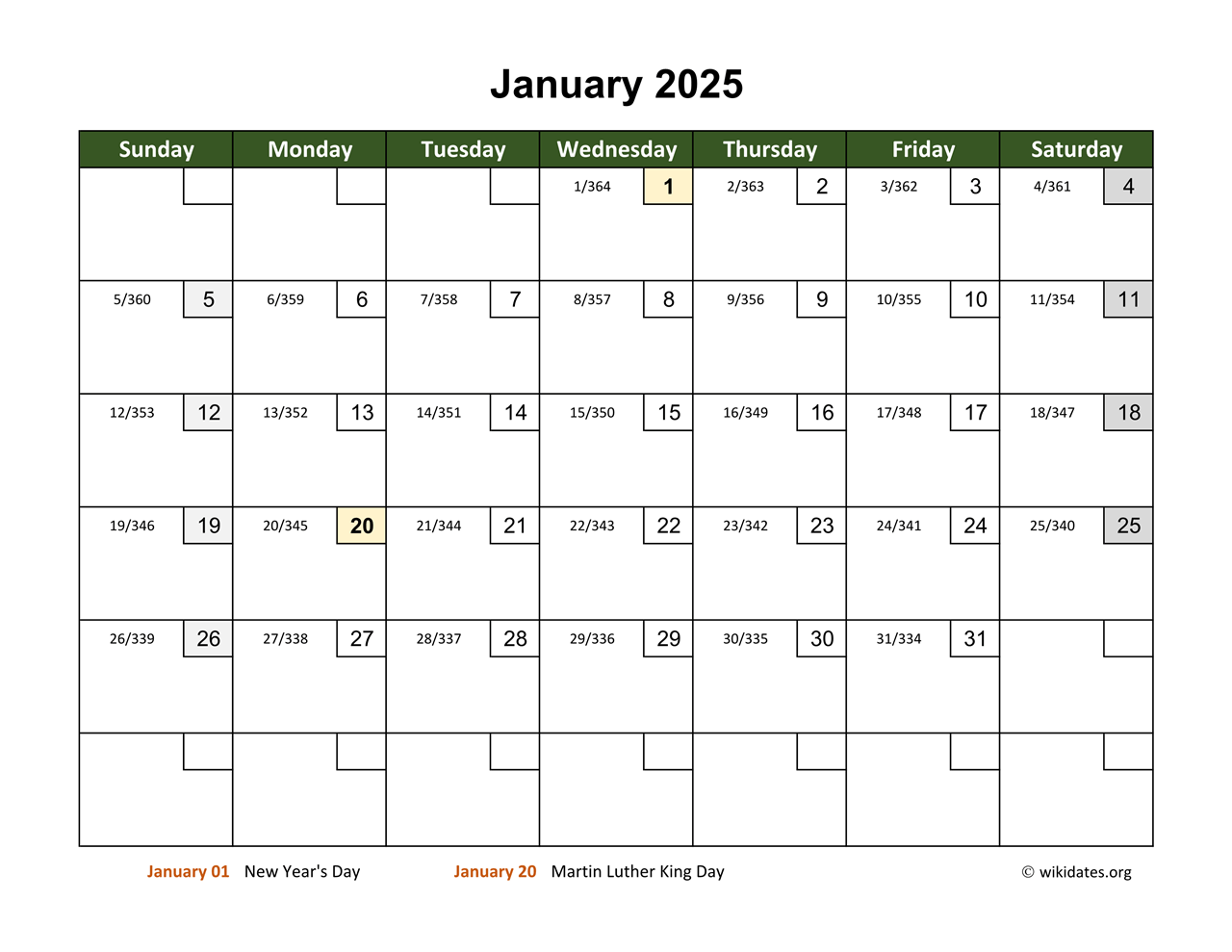
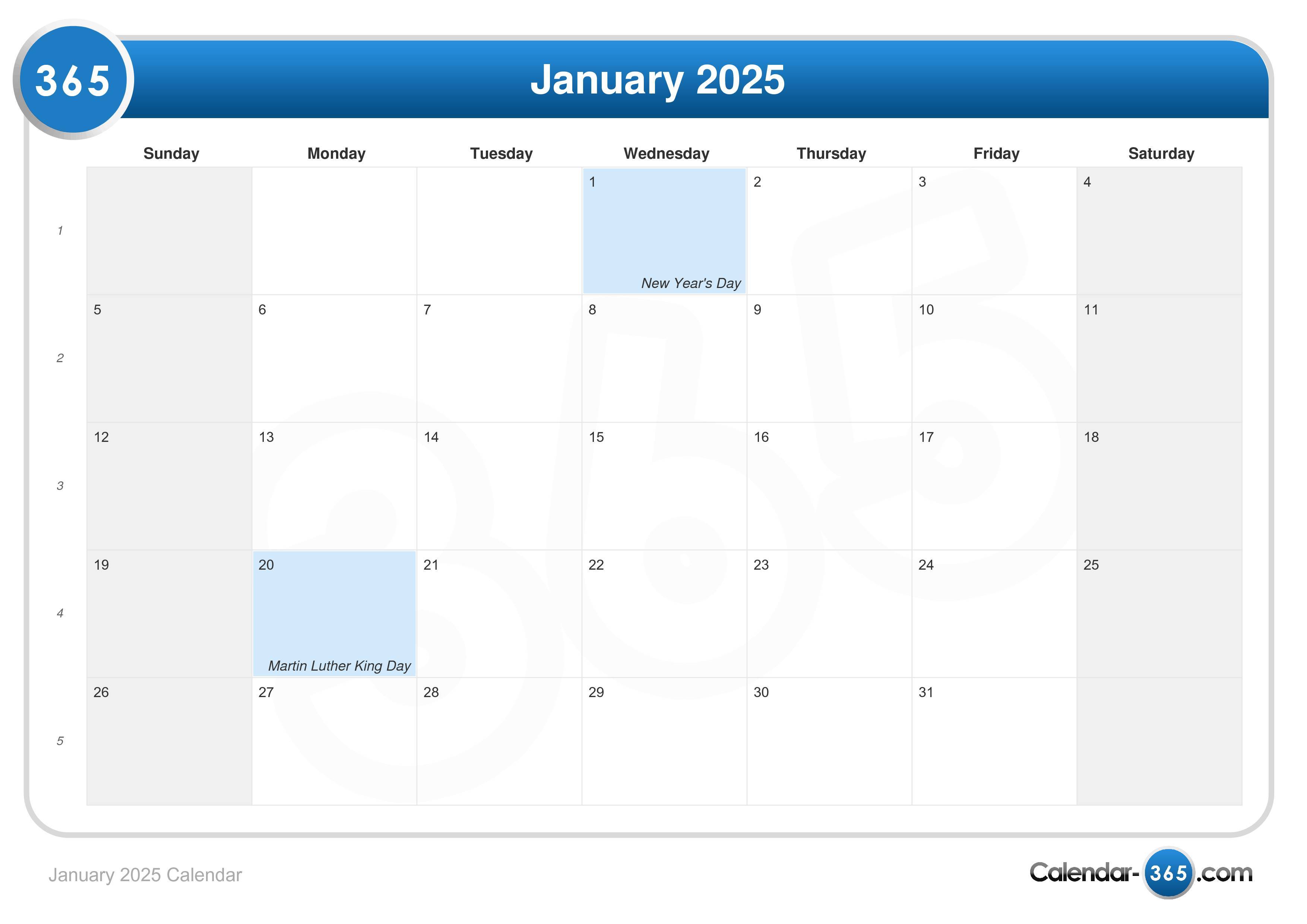
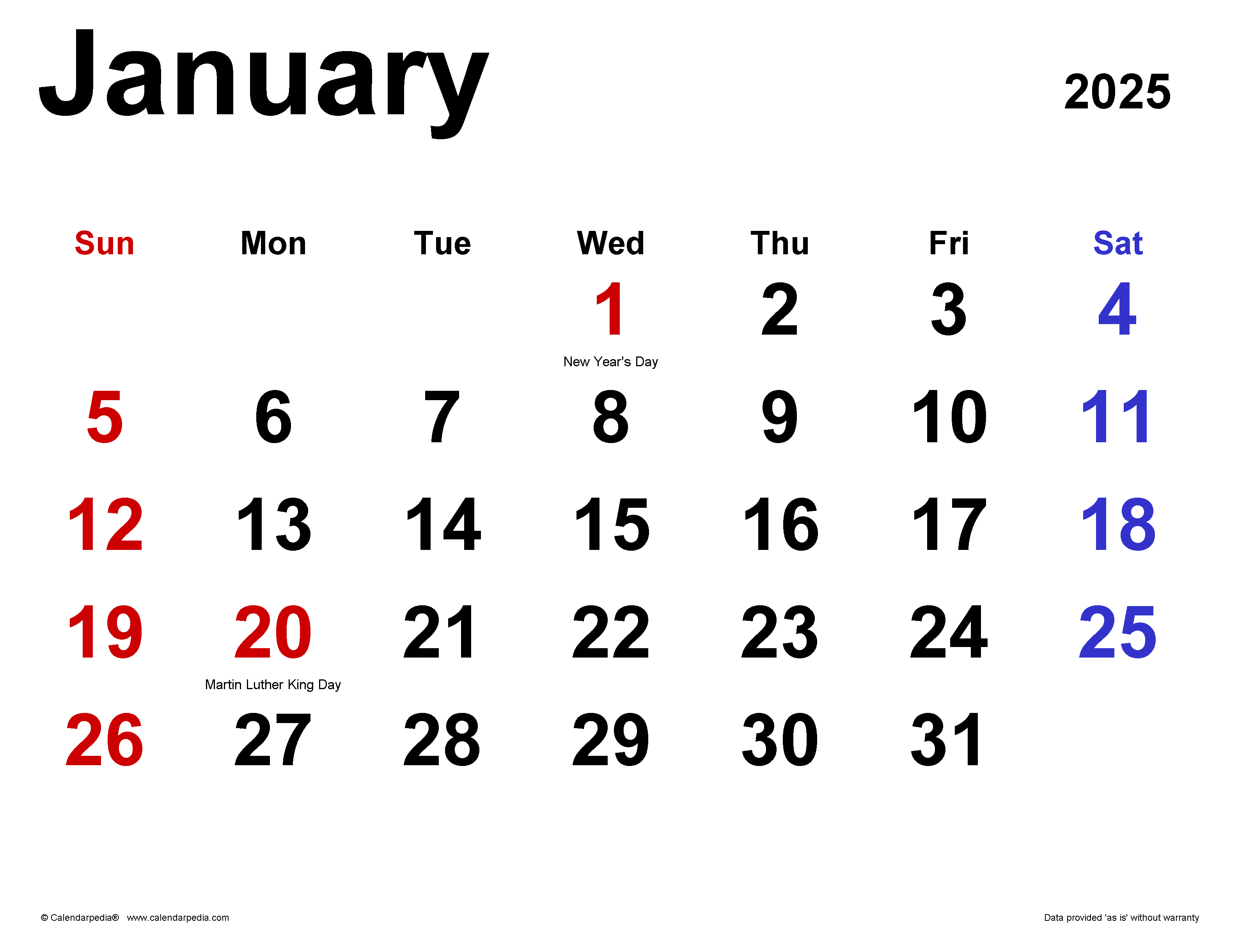
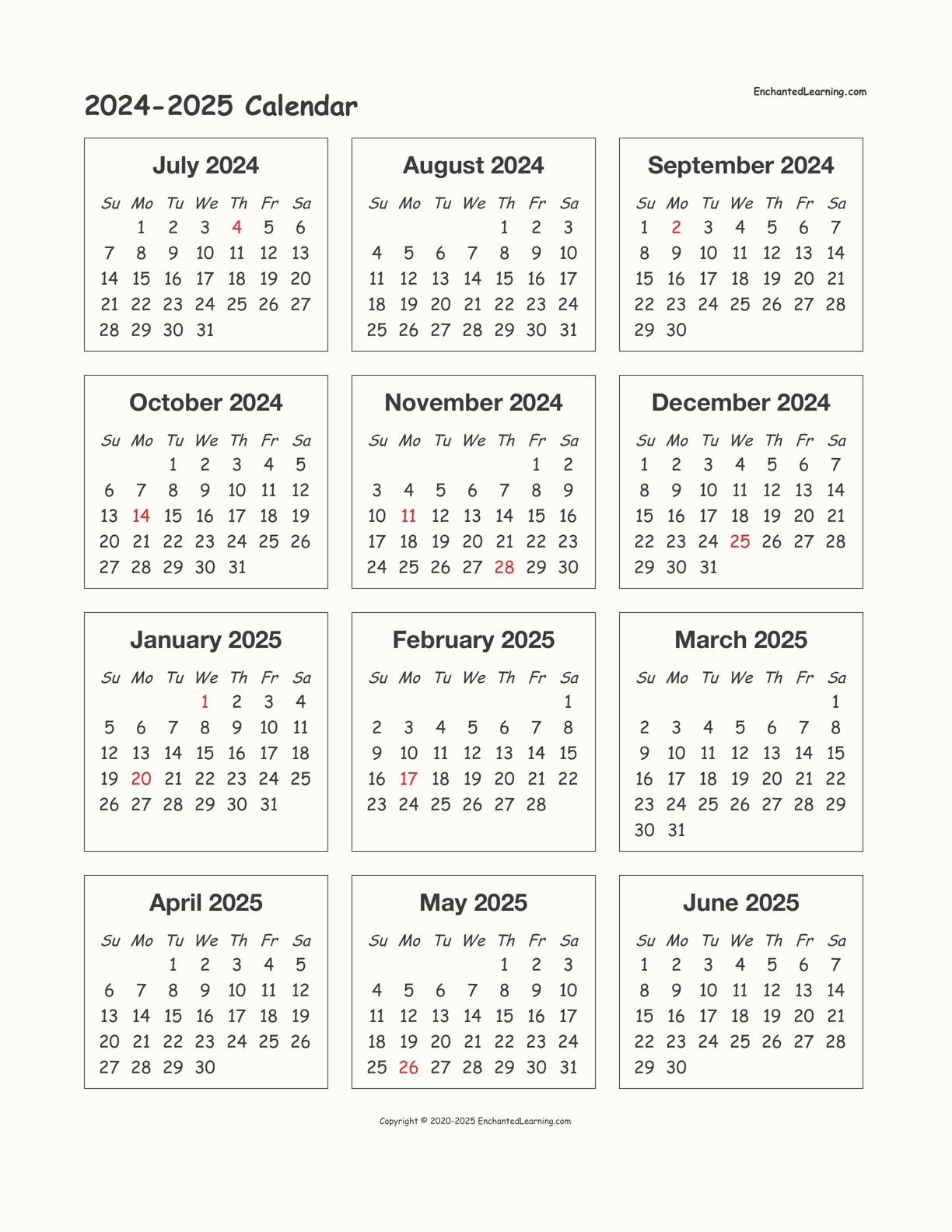

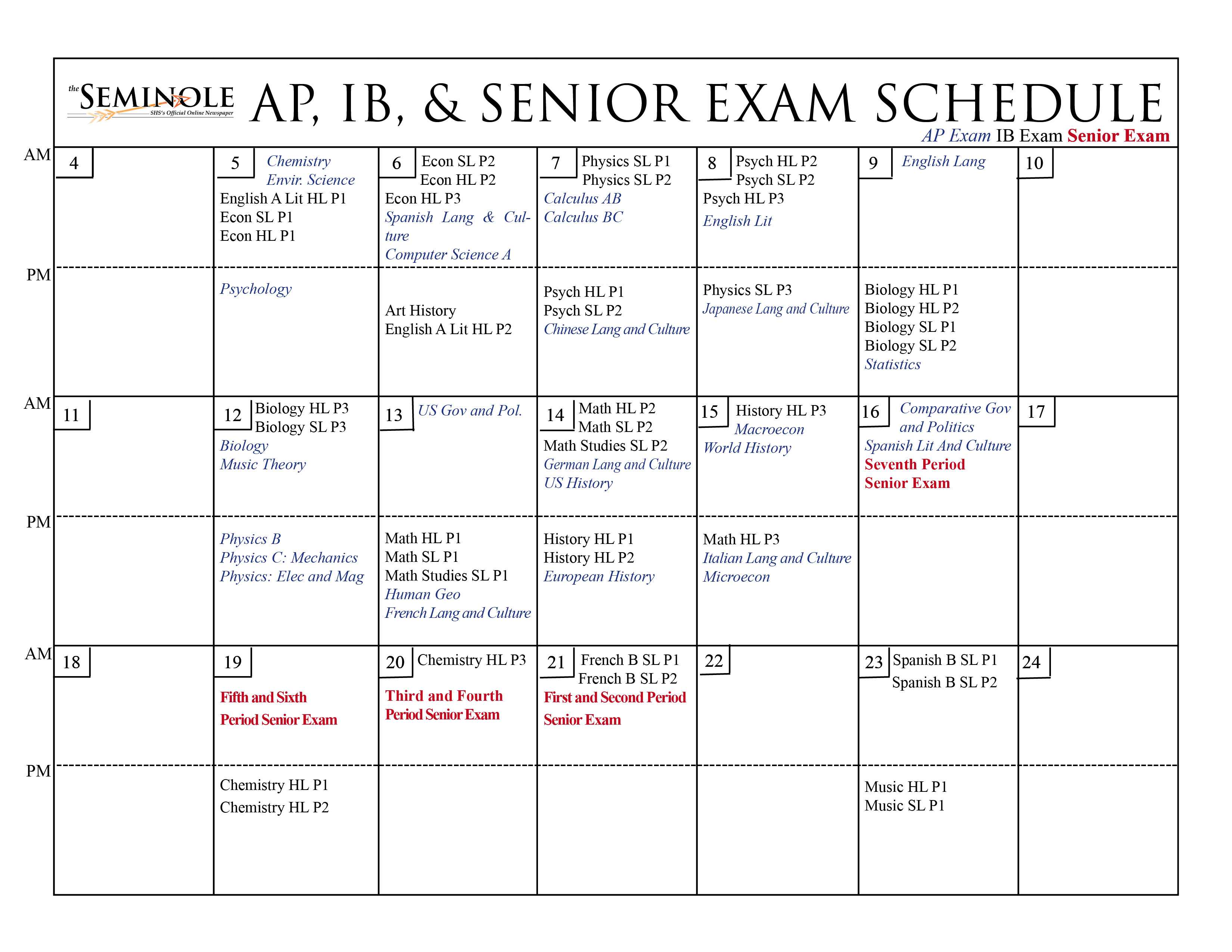
Closure
Thus, we hope this article has provided valuable insights into Navigating the Year’s Beginning: An Examination of the January and February 2025 Calendar. We appreciate your attention to our article. See you in our next article!